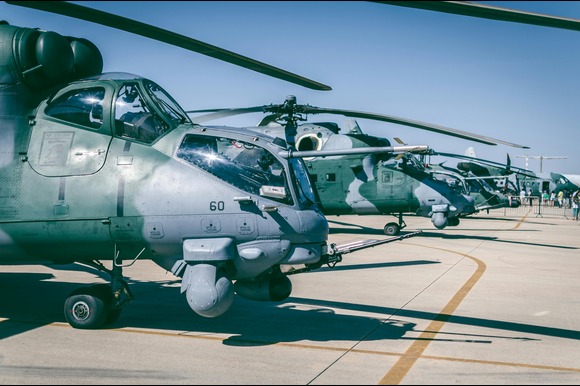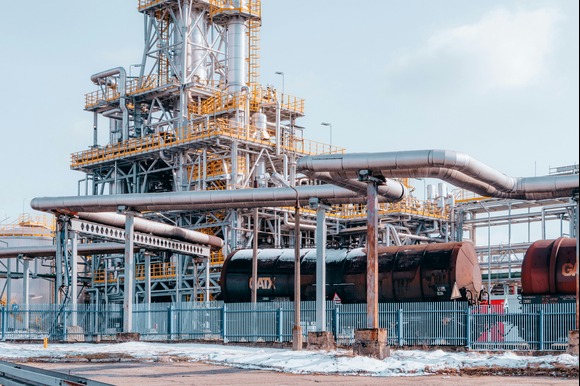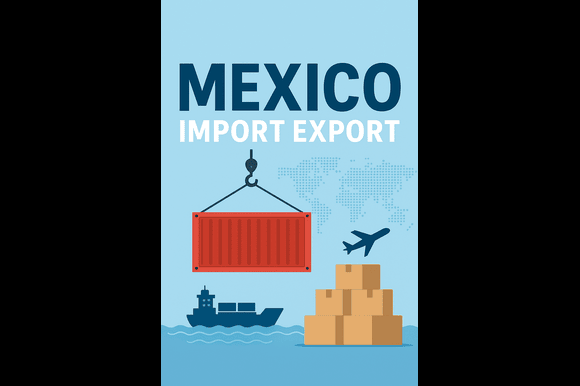
Photo by MESSALA CIULLA
U.S. President Donald Trump has announced plans to send advanced weapons systems, including Patriot air defence batteries, to Ukraine through NATO, as Kyiv struggles to fend off a surge in Russian drone and missile attacks.
In an interview with NBC News, Trump stated, “We’re going to be sending Patriots to NATO, and then NATO will distribute that,” adding that the alliance would foot the bill for the shipments. His remarks came shortly after Ukrainian President Volodymyr Zelensky reported having a “positive dialogue” with Trump about the timely delivery of military aid. Zelensky had earlier requested 10 Patriot systems, citing the dramatic uptick in Russian aerial assaults on Ukrainian cities over the past week.
Patriot missile systems are among the most advanced air defence weapons in the world, capable of detecting and intercepting incoming threats with precision. During a visit to Rome on Thursday, Zelensky said that Germany had pledged to fund two of the Patriot systems, Norway one, and that additional European partners were prepared to contribute.
Trump’s announcement follows his recent phone conversation with Russian President Vladimir Putin. Reflecting on the call, Trump said he was “not happy” about the lack of progress in ending the war, adding that Putin’s “very nice” tone during the conversation had ultimately proven meaningless.
During the NBC interview, Trump also revealed plans to make a “major statement” about Russia on Monday but did not disclose further details.
He insisted that “NATO is going to reimburse the full cost” of the weapons sent to Ukraine, despite the alliance being funded by contributions from its member states, including the U.S.
U.S. Secretary of State Marco Rubio confirmed on Friday that he had urged allies like Germany and Spain to supply some of their existing Patriot systems, stressing that these could reach Ukraine faster than newly produced units. “We have continued to encourage our NATO allies to provide those weapons… since they have them in their stocks, then we can enter into financial agreements… where they can purchase the replacements,” he said.
Last week, the U.S. Department of Defense temporarily halted some critical weapons shipments, raising alarms in Kyiv that its air defence capabilities could be depleted within months. Among the delayed items were Patriot interceptor missiles and precision-guided artillery shells.
However, after Ukraine was subjected to an unprecedented 728 drone attacks on Tuesday night, Trump reaffirmed his commitment to resuming shipments: “We have to… They’re getting hit very hard now,” he said.
Zelensky has continued to appeal for air defence support, calling the Patriot systems “real protectors of life.”
According to the United Nations, June recorded the highest number of civilian casualties in Ukraine over the past three years, with 232 people killed and more than 1,300 injured. The New York Times, citing unnamed U.S. officials, reported that a Patriot battery previously stationed in Israel will be sent to Ukraine after being refurbished in the United States. Negotiations over that particular system have been ongoing for some time. In June, a senior Ukrainian official said it had already arrived in the U.S., though Kyiv was still awaiting its transfer.
Patriot systems are crucial for shielding Ukraine’s population centers and critical infrastructure—including power stations and military bases—from Russian cruise and ballistic missile strikes. Used in conjunction with Soviet-era S-300s and Western-supplied NASAMS (National Advanced Surface-to-Air Missile Systems), Patriots are a key part of Ukraine’s “layered defence” strategy.
With cutting-edge radar, tracking capabilities, and a high rate of interception, the Patriot is considered indispensable—but also extremely expensive. A single battery, including its missiles, can cost up to $1 billion (£740 million), a fact that has made Western countries hesitant to part with their limited supplies.
Ukrainian forces are already trained to operate the system. The first two Patriot batteries arrived in April 2023, after months of lobbying by Kyiv. The exact number currently deployed in Ukraine remains classified, but each additional battery expands the defensive coverage across more cities and strategic facilities.
Given Ukraine’s vast territory, full protection is impossible. Still, as Russian strikes grow in both scale and intensity, Ukraine’s Western allies appear increasingly aware of the urgency.
Since returning to the White House in January, Trump has sought to scale back U.S. military support for Ukraine. Despite this, the U.S. remains Kyiv’s largest military backer, providing $69 billion (£54.6 billion) in aid between 2022 and 2024, according to data from the Kiel Institute, a German think tank.
Trump has also continued to press NATO members to boost their defence spending. Last year, all European NATO countries agreed to spend at least 2% of their GDP on defence, aligning with longstanding alliance targets.
Russia launched its full-scale invasion of Ukraine in February 2022, prompting a global crisis and drawing strong condemnation from the West. The U.S. has consistently pushed both nations to find a diplomatic resolution to end the war.
Speaking to reporters on Friday, Secretary Rubio said he had a “frank” exchange with Russian Foreign Minister Sergey Lavrov on the sidelines of a diplomatic gathering in Malaysia. Rubio echoed Trump’s “frustration at the lack of progress at peace talks,” and expressed “disappointment that there has not been more flexibility on the Russian side to bring about an end to this conflict.”
He confirmed that he and Lavrov discussed new ideas for ending the war and that he would relay them to President Trump. However, Rubio declined to provide details about what Trump described as a forthcoming “major” announcement on Russia.




